Leather sofas are a luxurious and classic addition to any home. Not only do they add a touch of elegance to your living space, but they are also durable and long-lasting. However, like any piece of furniture, they are prone to wear and tear over time. If your leather sofa has started to show signs of damage, don't panic. With some basic knowledge and the right tools, you can easily repair it yourself and bring it back to its former glory. Here's everything you need to know about DIY leather sofa repair.Leather Sofa Repair: A Comprehensive Guide
Before you start any repair work, it's important to understand the type of leather your sofa is made of. Different types of leather require different methods of repair. For example, genuine leather is more durable and can withstand more aggressive repair techniques, while bonded leather is more delicate and requires a gentler approach. It's also important to work in a well-ventilated area and wear protective gear, such as gloves and a dust mask, when working with leather repair products.DIY Leather Sofa Repair: Tips and Tricks
Tears and rips are a common problem with leather sofas, especially if you have pets or children. But don't worry, these can be easily fixed with a leather repair kit. Start by cleaning the area around the tear with a leather cleaner and then use a leather glue to attach a patch of leather fabric to the underside of the tear. Once the glue is dry, use a leather filler to fill in the tear and blend it in with the rest of the sofa. Finish off by applying a leather conditioner to restore its shine.How to Fix a Torn Leather Sofa
Aside from tears, leather sofas can also suffer from other common problems such as scratches, scuffs, and stains. For scratches, use a leather conditioner or a leather repair kit to fill in the scratches and blend them in with the rest of the sofa. For scuffs, use a leather cleaner and gently rub the affected area with a soft cloth. For stains, use a leather stain remover and follow the instructions on the product carefully. It's always a good idea to test any products on a small, inconspicuous area first.Leather Sofa Repair: Common Problems and Solutions
If you're new to leather sofa repair, it's important to follow a step-by-step guide to ensure you don't make any mistakes. Start by cleaning the sofa with a leather cleaner and allowing it to dry completely. Next, identify the specific areas that need repair and gather the necessary tools and materials. Follow the instructions on the leather repair kit carefully and take your time to ensure the repair is done properly. Finish off by applying a leather conditioner to protect and restore the sofa's shine.Do It Yourself Leather Sofa Repair: Step-by-Step Guide
Having the right tools and materials is key to a successful DIY leather sofa repair. Some essential tools you'll need include a leather cleaner, leather repair kit, leather glue, leather filler, leather conditioner, and a soft cloth. You may also need additional materials such as leather patches, sandpaper, and a leather dye, depending on the type of repair you need to do. Make sure to read the instructions on the products carefully and always work in a well-ventilated area.Leather Sofa Repair: Tools and Materials You'll Need
Repairing your leather sofa yourself not only saves you money, but it also extends the life of your furniture. Professional leather sofa repair services can be expensive, but with some basic knowledge and the right tools, you can easily do it yourself at a fraction of the cost. Plus, by regularly maintaining and repairing your leather sofa, you can prolong its lifespan and enjoy it for years to come.DIY Leather Sofa Restoration: Save Money and Extend the Life of Your Furniture
Leather sofa repair can seem like a daunting task, but with the right techniques, you can fix a variety of issues, from scratches to tears. Remember to always use the appropriate products and follow the instructions carefully. With a little patience and effort, your leather sofa can look as good as new in no time.Leather Sofa Repair: From Scratches to Tears
Sagging leather sofas can be a frustrating problem, but it can also be fixed with some DIY techniques. Start by removing the cushions and identifying the areas that are sagging. Use a piece of plywood or a sturdy piece of cardboard and place it under the cushions for extra support. You can also use a sofa cushion support or a piece of foam to fill in any gaps. This will help lift and support the cushions, making your sofa more comfortable to sit on.Fixing Sagging Leather Sofas: A DIY Solution
While professional leather sofa repair services can provide excellent results, they can also be costly. If your sofa has minor damage, such as scratches or minor tears, it's worth trying to repair it yourself. However, for more significant damage, it's best to seek professional help as they have the expertise and equipment to fix it properly. Ultimately, it depends on your budget and the extent of the damage.Leather Sofa Repair: Professional vs. DIY
DIY Leather Sofa Repair: A Cost-Effective Solution for Your Furniture

Why Repairing Your Leather Sofa Yourself is a Great Idea
 If your leather sofa has seen better days, you may be considering replacing it with a new one. However, before you make such a drastic decision, consider repairing it yourself. Not only is it a more budget-friendly option, but it also allows you to maintain the aesthetic of your home and preserve the sentimental value of your beloved furniture. With a little time and effort, you can easily restore your leather sofa to its former glory.
If your leather sofa has seen better days, you may be considering replacing it with a new one. However, before you make such a drastic decision, consider repairing it yourself. Not only is it a more budget-friendly option, but it also allows you to maintain the aesthetic of your home and preserve the sentimental value of your beloved furniture. With a little time and effort, you can easily restore your leather sofa to its former glory.
The Benefits of DIY Leather Sofa Repair
 The most obvious benefit of DIY leather sofa repair is cost savings. Hiring a professional to fix your sofa can be expensive, especially if the damage is extensive. By taking matters into your own hands, you can save a significant amount of money. In addition, repairing your sofa yourself allows you to have more control over the process and ensures that the job is done to your satisfaction.
Another advantage of DIY leather sofa repair is the ability to customize the repair to your specific needs. You can choose to use materials that match the color and texture of your sofa, ensuring a seamless repair that blends in seamlessly with the rest of your furniture. You can also take your time and work at your own pace, without the pressure of meeting a professional's timeline.
The most obvious benefit of DIY leather sofa repair is cost savings. Hiring a professional to fix your sofa can be expensive, especially if the damage is extensive. By taking matters into your own hands, you can save a significant amount of money. In addition, repairing your sofa yourself allows you to have more control over the process and ensures that the job is done to your satisfaction.
Another advantage of DIY leather sofa repair is the ability to customize the repair to your specific needs. You can choose to use materials that match the color and texture of your sofa, ensuring a seamless repair that blends in seamlessly with the rest of your furniture. You can also take your time and work at your own pace, without the pressure of meeting a professional's timeline.
Steps for Repairing Your Leather Sofa
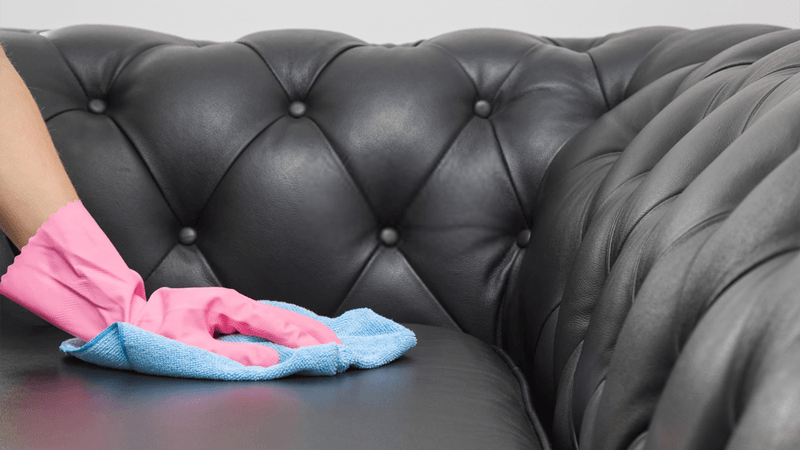 1. Assess the damage: Before you begin any repairs, thoroughly examine your sofa and determine the extent of the damage. This will help you determine what supplies and techniques you will need to use.
2. Clean the sofa: Use a gentle leather cleaner to remove any dirt or stains from the surface of your sofa. This will ensure that the repair materials adhere properly.
3. Repair any tears or holes: If your leather sofa has any tears or holes, you can use a leather patch kit to fill in the gaps. Make sure to follow the instructions carefully and allow the patch to dry completely before moving on to the next step.
4. Recolor the leather: If your sofa has faded or discolored areas, you can use a leather dye to restore its original color. Be sure to choose a dye that closely matches the color of your sofa.
5. Condition the leather: Once the repairs are complete, use a leather conditioner to moisturize and protect the leather from future damage.
1. Assess the damage: Before you begin any repairs, thoroughly examine your sofa and determine the extent of the damage. This will help you determine what supplies and techniques you will need to use.
2. Clean the sofa: Use a gentle leather cleaner to remove any dirt or stains from the surface of your sofa. This will ensure that the repair materials adhere properly.
3. Repair any tears or holes: If your leather sofa has any tears or holes, you can use a leather patch kit to fill in the gaps. Make sure to follow the instructions carefully and allow the patch to dry completely before moving on to the next step.
4. Recolor the leather: If your sofa has faded or discolored areas, you can use a leather dye to restore its original color. Be sure to choose a dye that closely matches the color of your sofa.
5. Condition the leather: Once the repairs are complete, use a leather conditioner to moisturize and protect the leather from future damage.
Conclusion
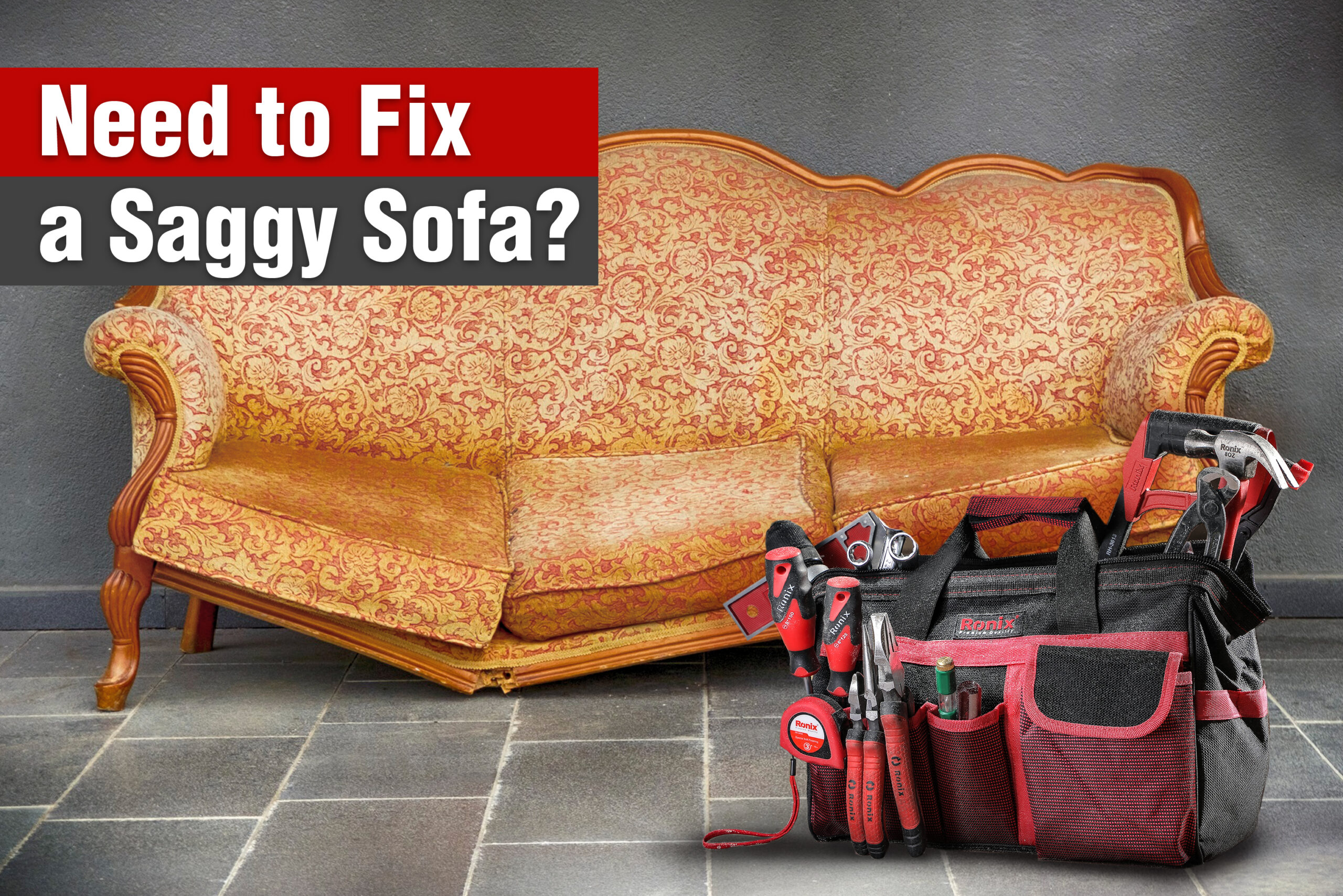 Repairing your leather sofa yourself is not only a cost-effective solution, but it also allows you to maintain the beauty and integrity of your furniture. With the right tools and techniques, you can easily fix any damage and prolong the life of your leather sofa. So before you consider replacing it, give DIY leather sofa repair a try and see the amazing results for yourself.
Repairing your leather sofa yourself is not only a cost-effective solution, but it also allows you to maintain the beauty and integrity of your furniture. With the right tools and techniques, you can easily fix any damage and prolong the life of your leather sofa. So before you consider replacing it, give DIY leather sofa repair a try and see the amazing results for yourself.







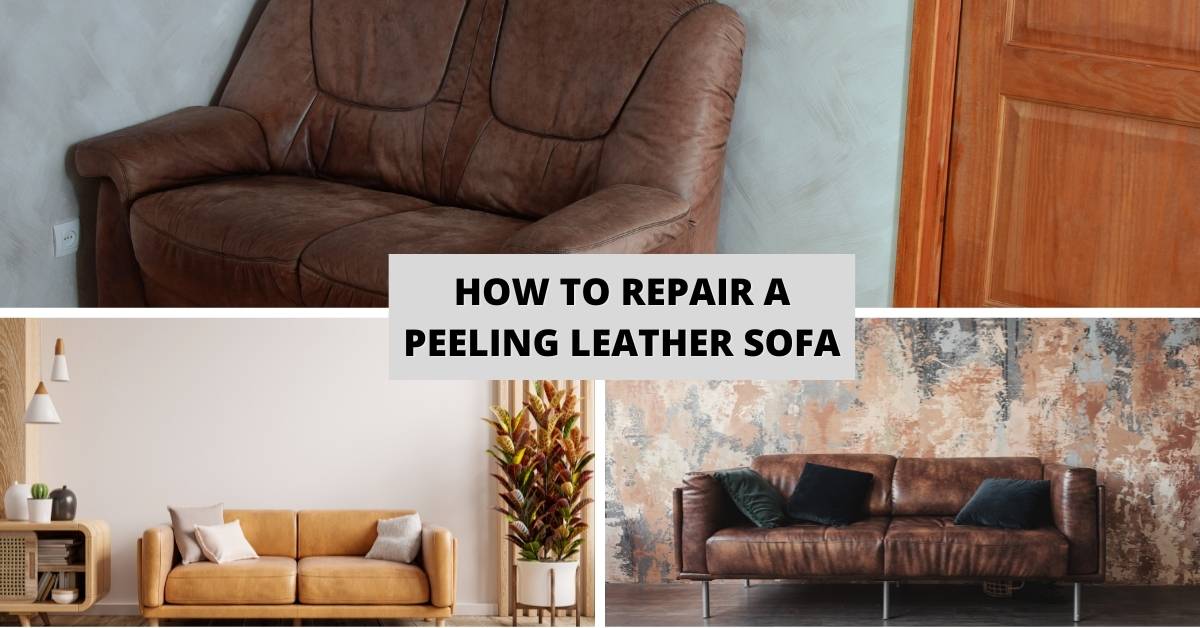


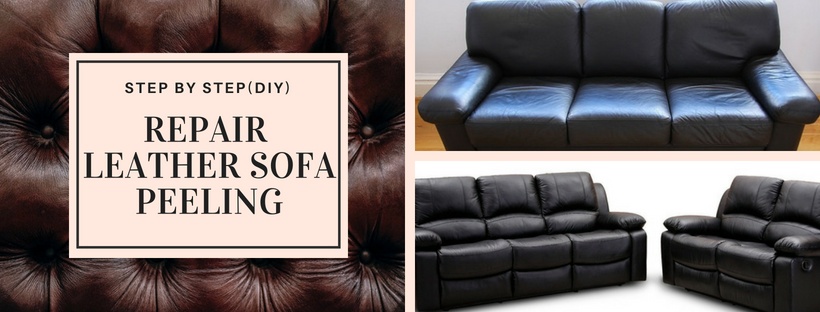





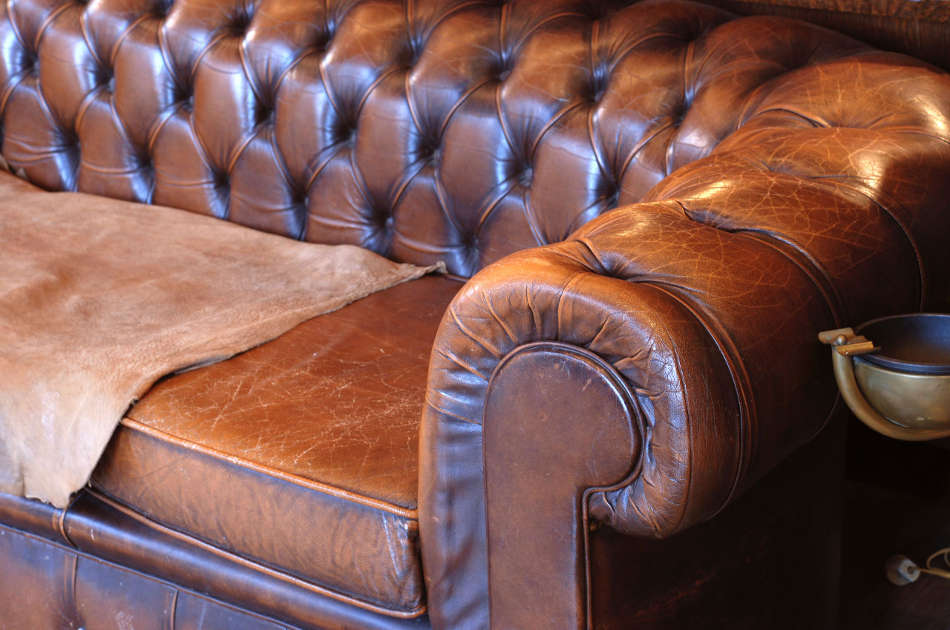





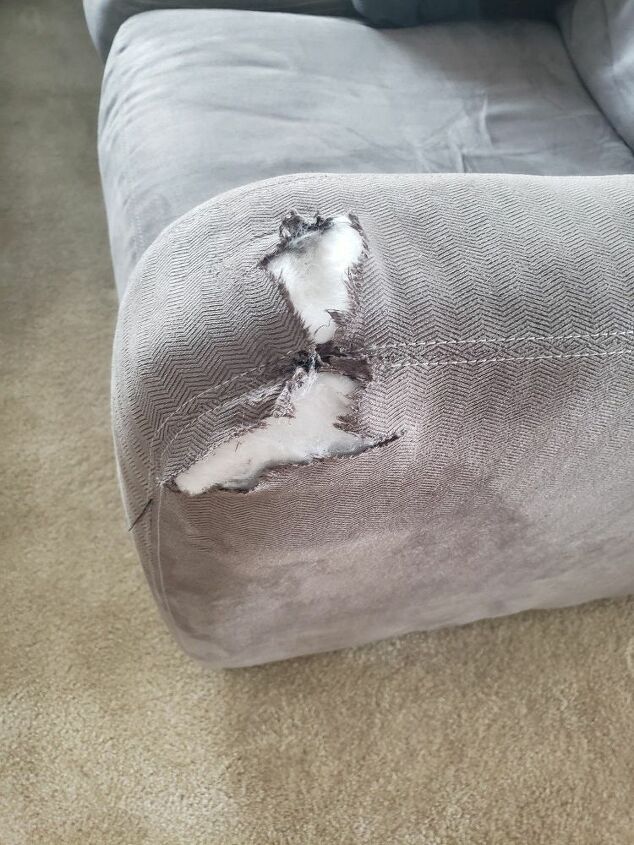

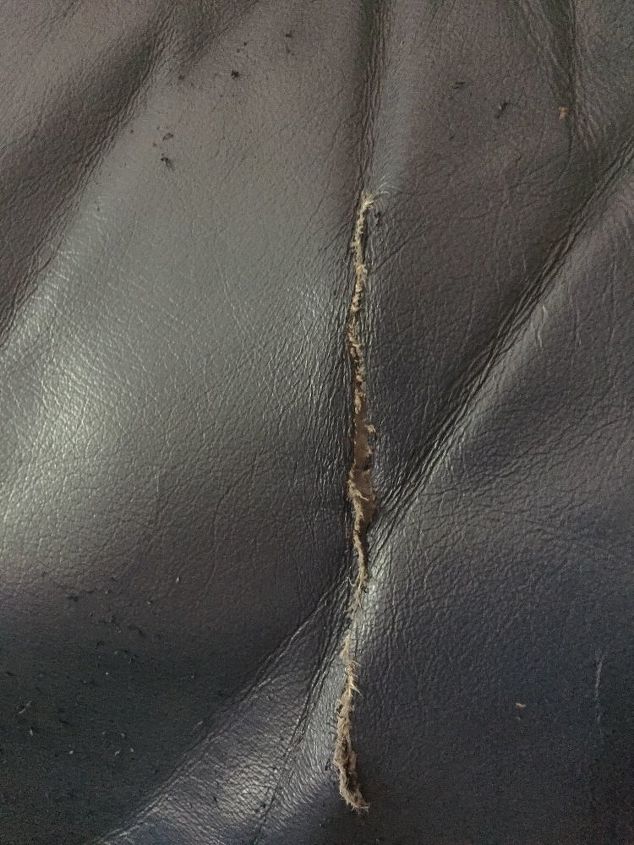

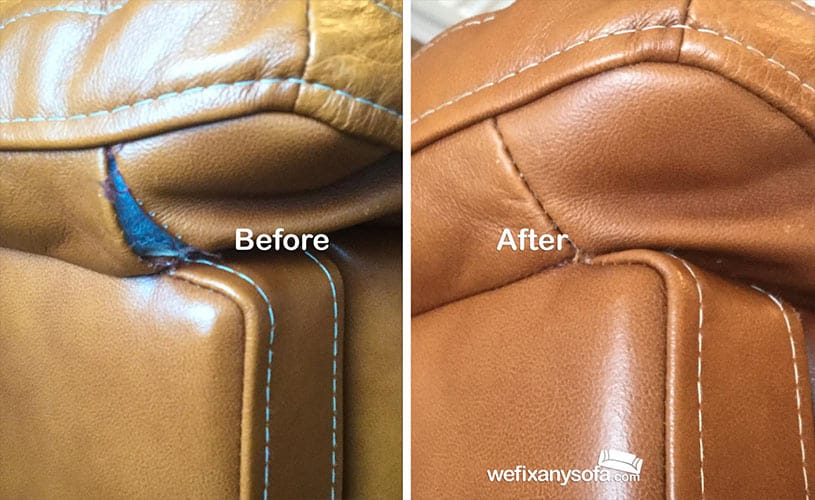






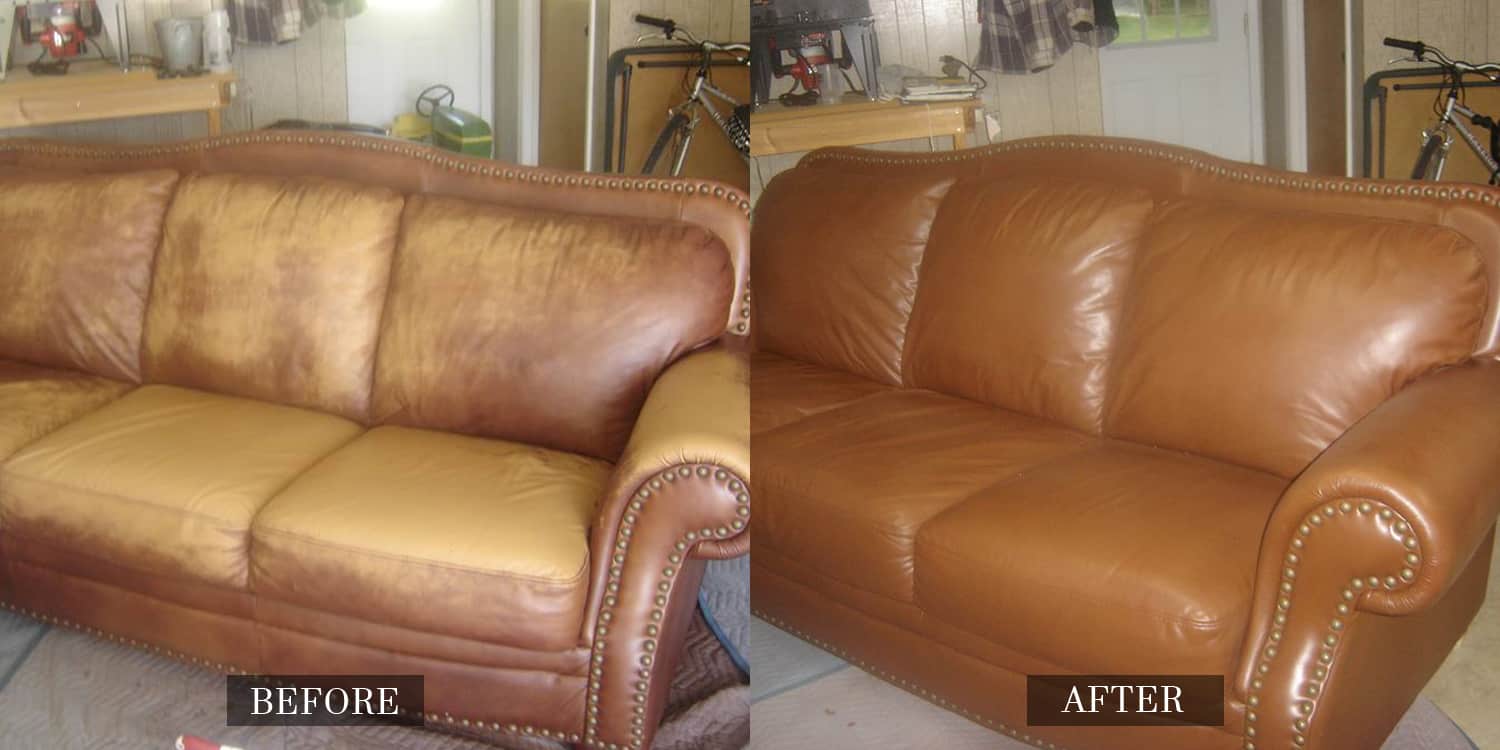

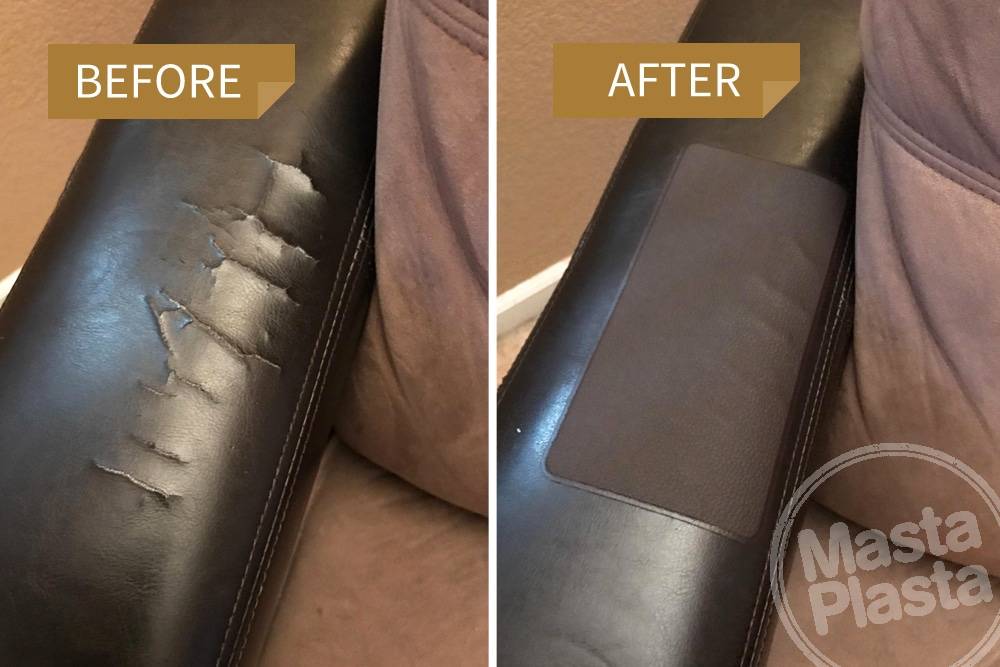


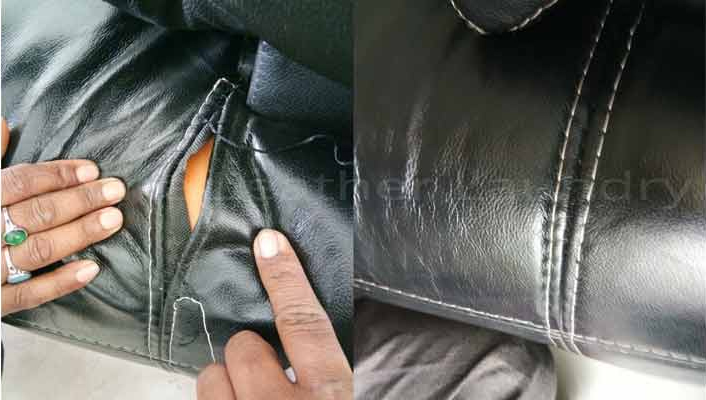



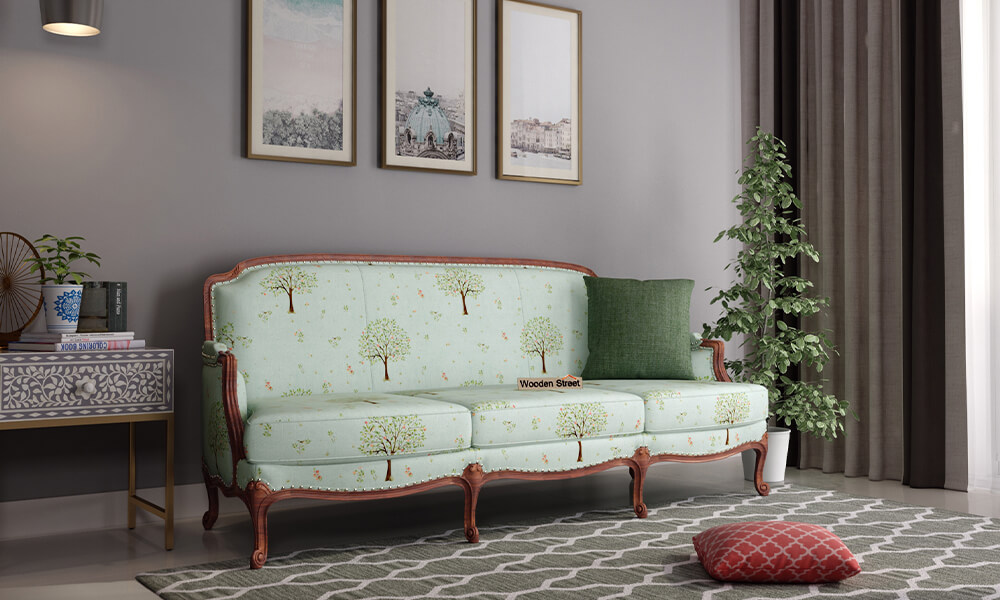
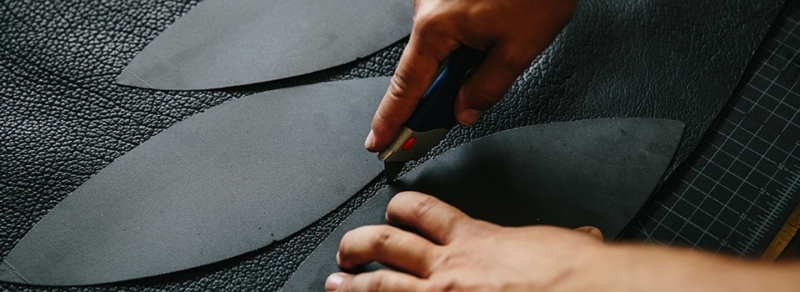

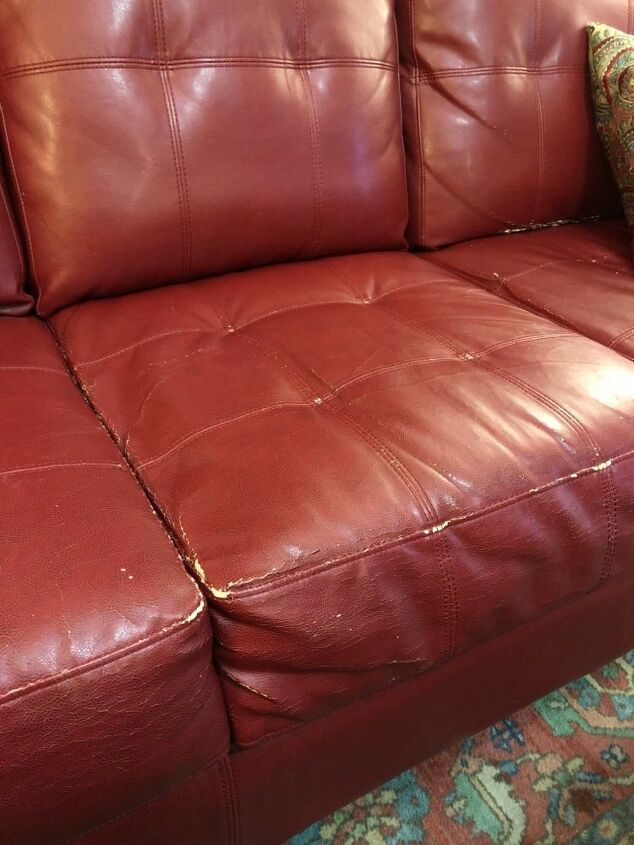









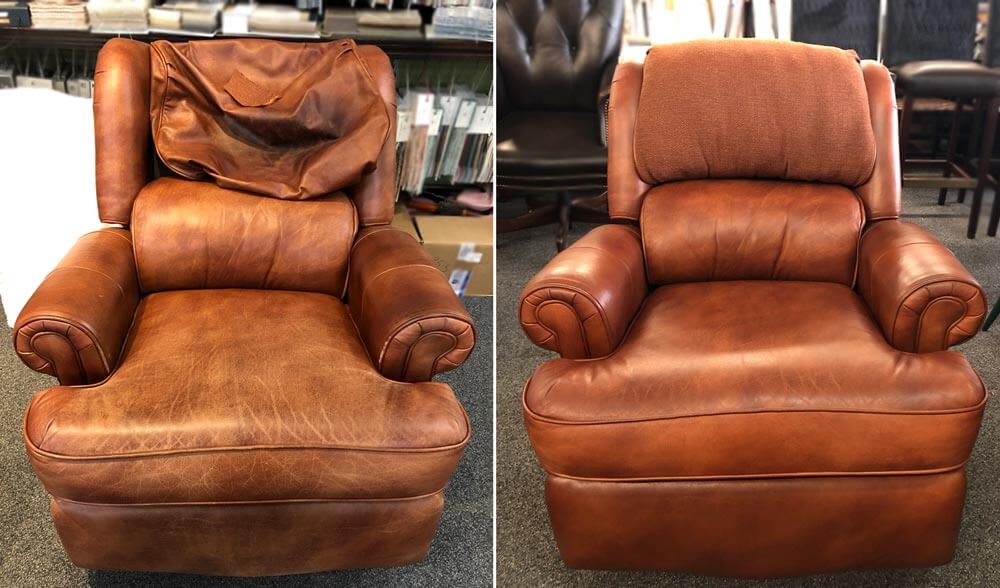

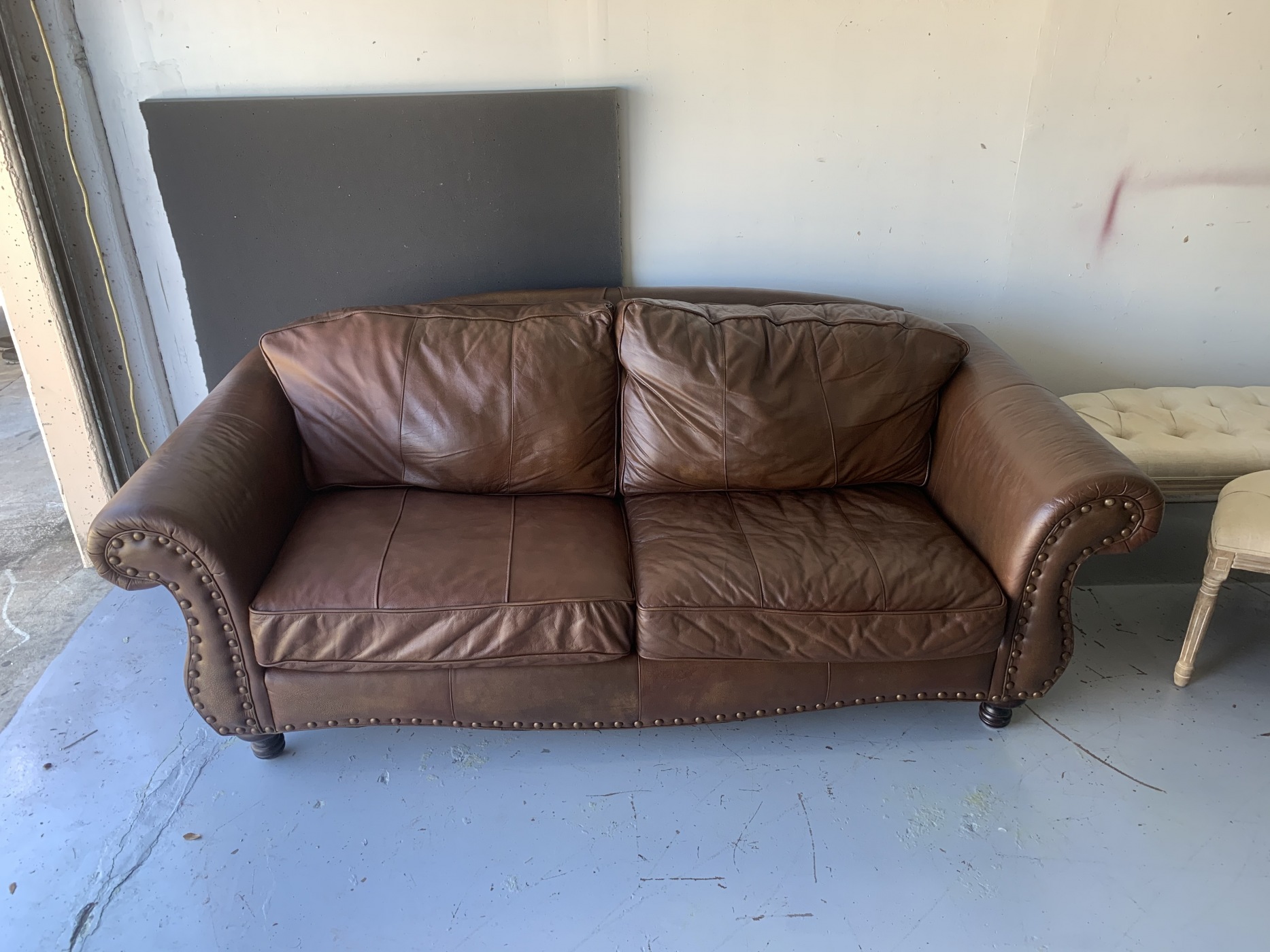

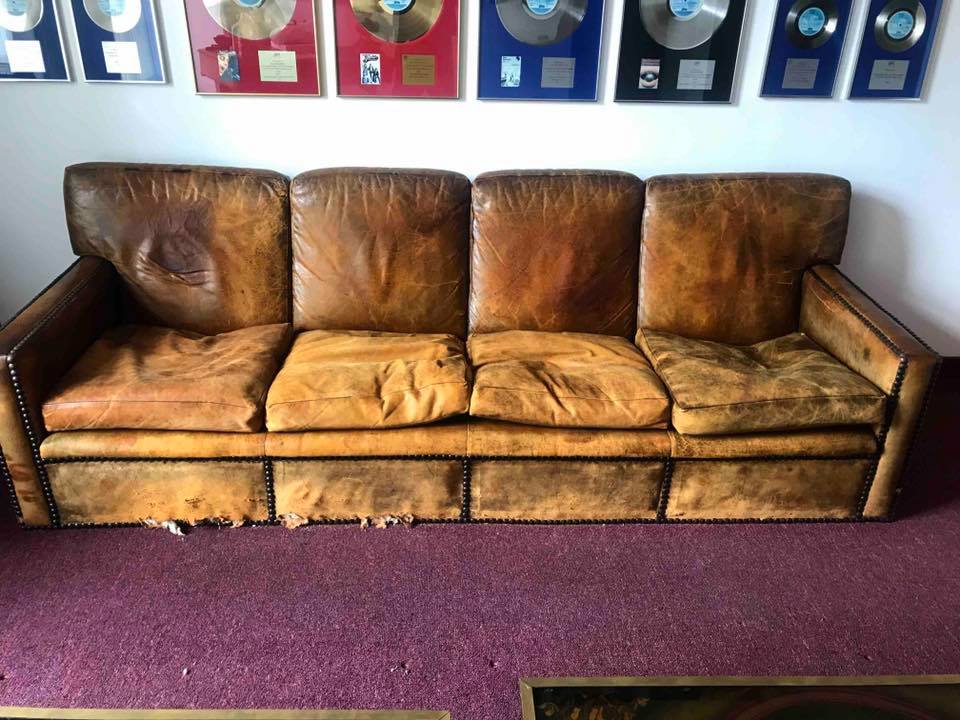

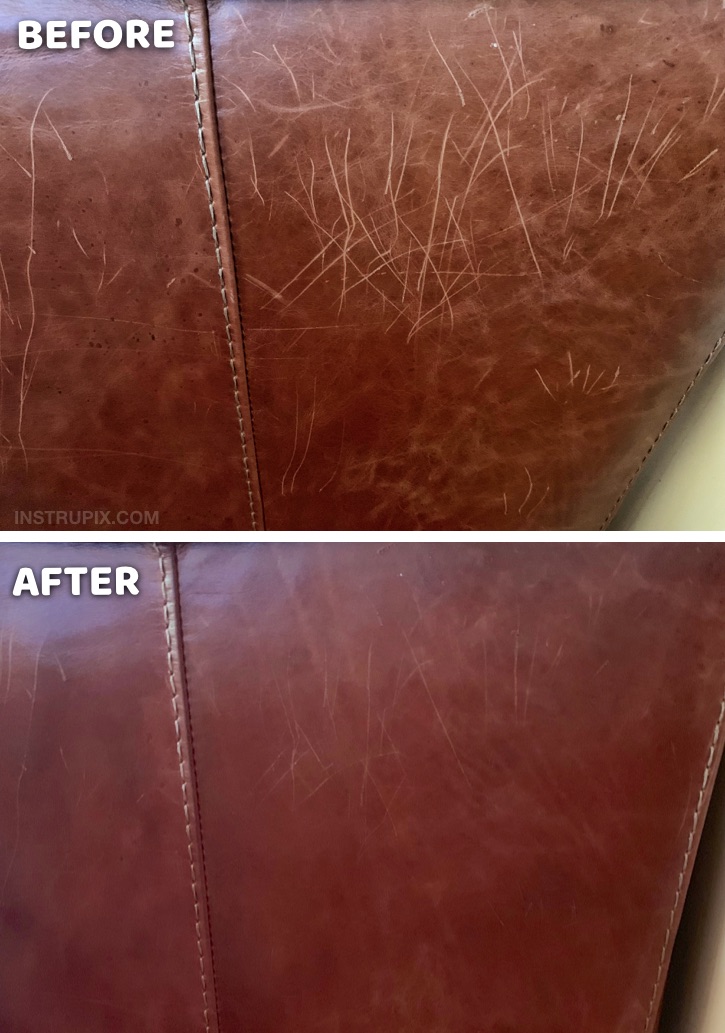





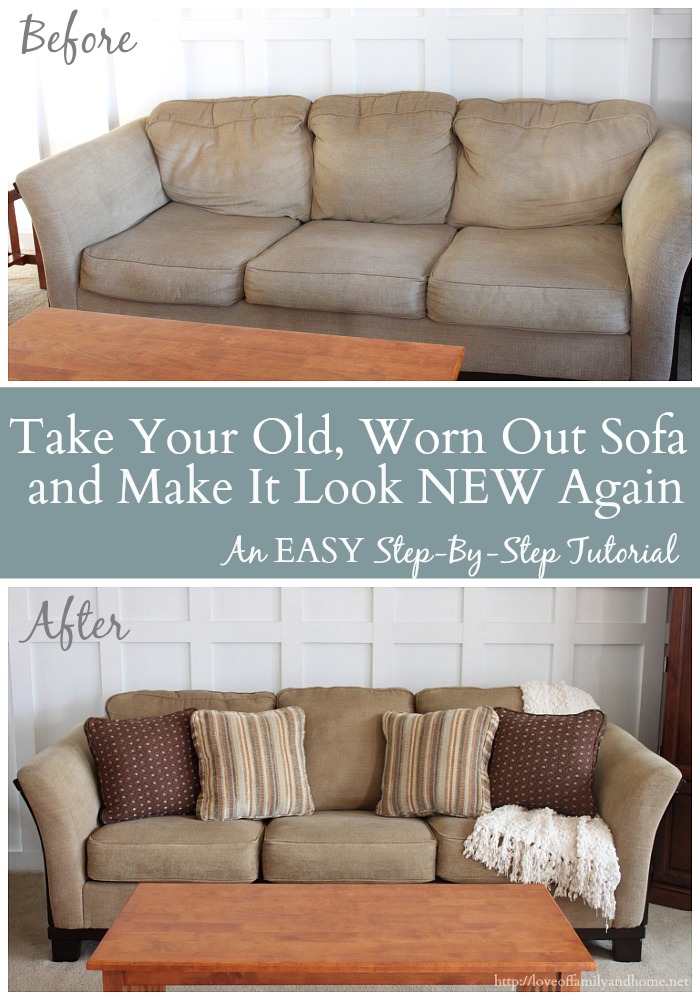






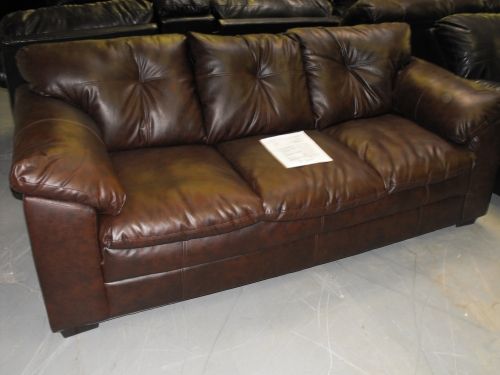




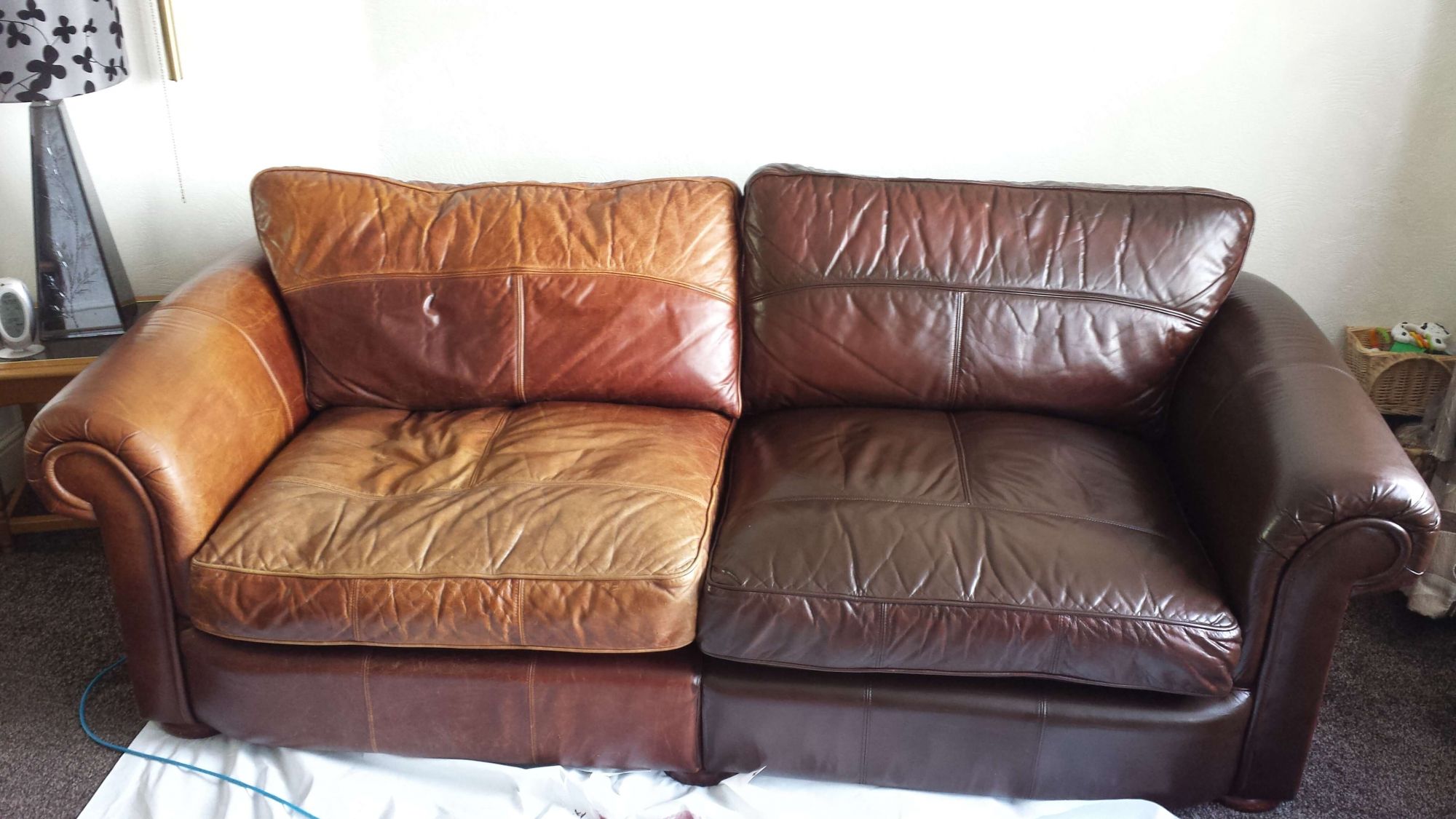


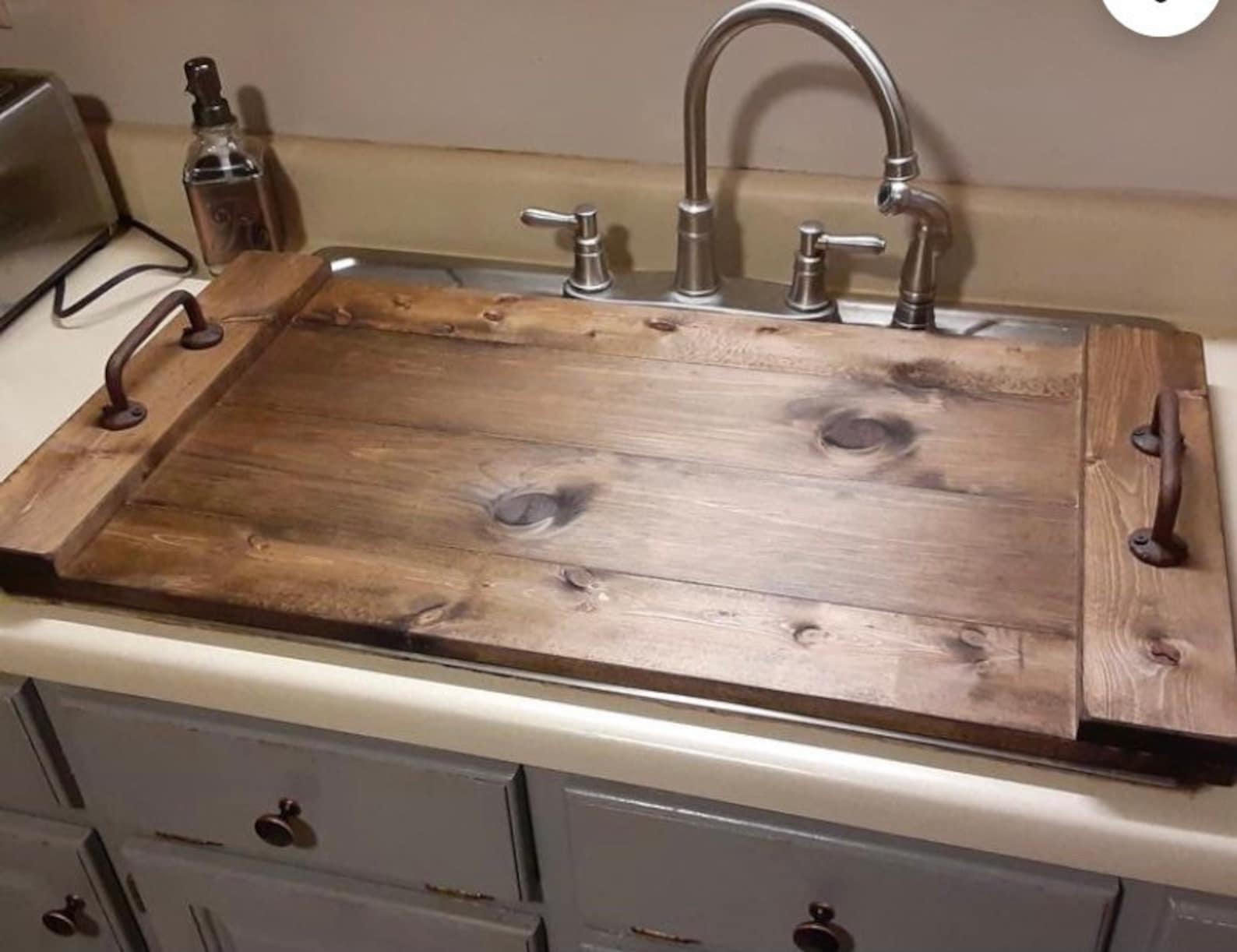
/Layerwhiteonwhite-34dd8cef8c89451887d51af215f76e60.jpg)


